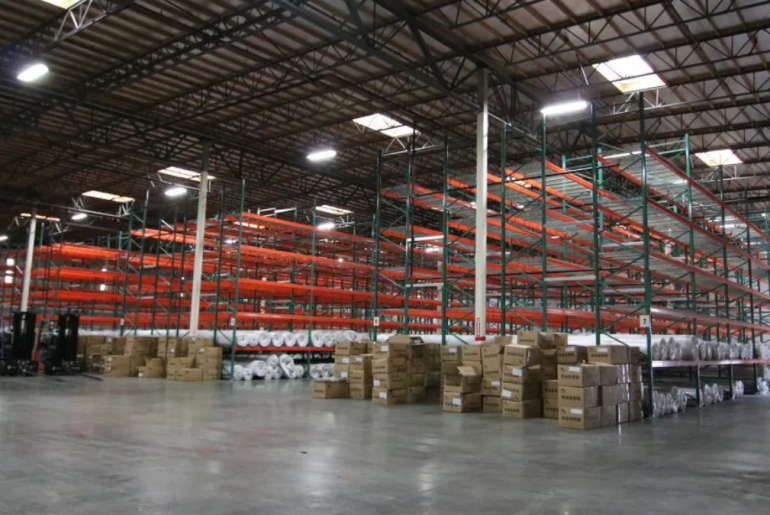Every day in every work place, time is one of the most valuable assets. This time is often lost in situations like waiting for an elevator. If the lift is outdated, overcrowded, or unreliable, it quietly becomes a daily disruption. Your staff feel it, even if they don’t say it.
Elevators are built for particular environments where people don’t have to think twice. They just get where they need to go in no time. Whether it’s for moving stock, equipment, or personnel, choosing the right lift can make a lot of difference. That’s why we focus on helping clients find a solution that fits the pace and pressure of their facility, and not just the building layout.
When the First Delay Sets the Day Off Course
If people or goods are held up at the start of the day, that delay echoes. You lose more than a few minutes, you lose rhythm. And in industrial work, rhythm keeps things on track. Delays at access points early on, especially when loading in tools or preparing orders, can derail entire shifts.
We’ve seen how something as small as a slow lift or bottleneck at an entry point can demotivate teams and stall momentum. That’s why it’s important to identify which transitions are costing you most. Real improvements don’t need to be grand—they just need to remove obstacles that keep teams from getting into the flow of their work.
Docks Shouldn’t Let the Weather In
The loading dock should be a point of speed and control—not of guesswork. But that’s often what it becomes when dock shelters are misaligned or wearing down. When trucks don’t seal properly, weather creeps in, cargo gets exposed, and workers get delayed.
The right dock shelter doesn’t just shield a building from the outside—it protects efficiency. We help businesses identify the shelter types that suit their vehicle mix and delivery schedules. A better seal means fewer interruptions, safer transfers, and a more comfortable environment for everyone handling goods on the ground.
Misfits Between Trucks and Infrastructure
Not every shelter fits every vehicle. And yet, we still see businesses trying to fit all in one. When the size of your docks and shelters doesn’t match the types of trucks arriving, you’re left with misalignment, wasted time, and frustrated drivers. These mismatches are easy to overlook and very costly to ignore.
Sectional Garage Doors: Your Workflow’s Gatekeeper
Once inside, movement continues. The sectional garage door might not seem central to performance, but it has a big impact on pace. If it opens too slowly, lacks insulation, or gets jammed, it causes a subtle but daily loss of momentum. That adds up.
Quick, well-fitted sectional doors help regulate indoor conditions, protect internal processes, and prevent unnecessary wait time. Whether you’re dealing with climate-sensitive inventory or just managing high-frequency internal transport, these doors can support—not hinder—the flow of work. We guide our clients toward options that meet their specific operational pace.
The Safety Risks That Come With Every Delay
Every pause at an access point isn’t just a productivity issue—it’s a safety risk. Delayed garage doors can create blind spots. Crowded elevators can cause injury. Makeshift weatherproofing at dock doors leads to tripping hazards. Every access point must function smoothly, not just for efficiency, but to protect your people.
When Old Systems No Longer Fit the Job
We’re not here to sell a full overhaul. Often, the problem isn’t everything—it’s just one or two outdated systems that no longer match your needs. Maybe your doors were perfect five years ago, but now your workload has doubled. Or your elevator works—but not during peak shift changes.
What we do is simple: we listen, observe, and help identify exactly where friction is happening. Then we recommend updates that support your people and your pace—nothing more, nothing less. The goal isn’t to add complexity. It’s to remove obstacles.
If It Works So Well, Why Doesn’t Anyone Mention It?
Because the best transitions are invisible. When elevators work, shelters seal, and doors respond exactly when needed, your team doesn’t stop to notice—they just move. That’s the real benchmark of a good system: it supports the work without interrupting it.
It’s not just about speed or automation—it’s about consistency. When your space flows well, it sets a tone for the entire workforce. People feel supported. They’re not wasting time or energy overcoming poor infrastructure. And over time, that consistency creates stability—not just in output, but in morale.
Conclusion
In industrial environments, transitions define your efficiency. It’s not always the big machines or high-tech systems that slow you down, it’s the access points in between. A sluggish lift, a leaky dock shelter, a slow-moving door, all of these can become a daily drag on productivity.
But here’s the good news: these issues are fixable. And often, fixing just one of them can improve the entire workflow. Whether it’s advising on better sectional garage doors, replacing tired dock shelters, or upgrading vertical transport, we help remove the small barriers that have a big impact.
Because when your facility flows better, your business works better—and your people feel the difference every day.

